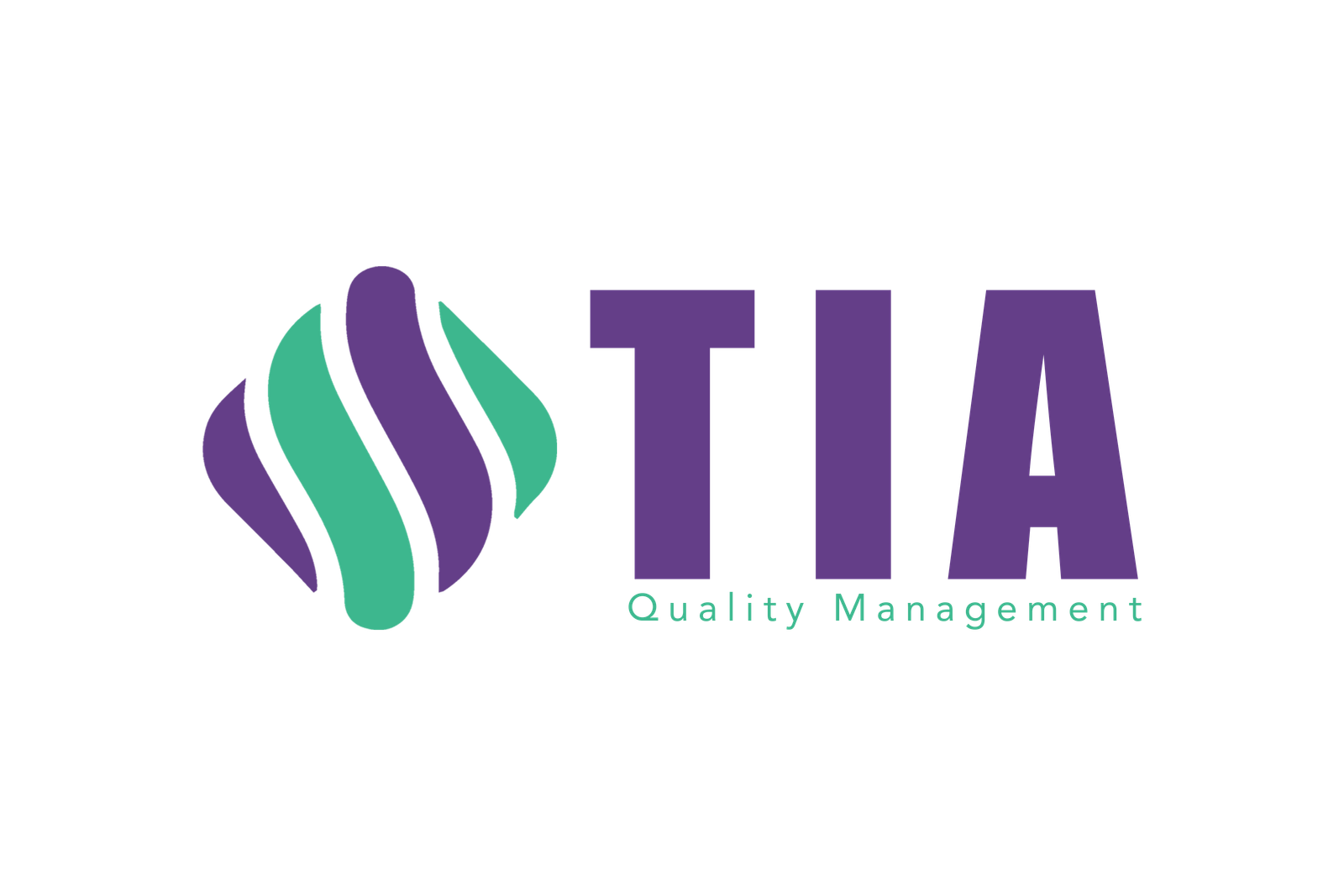Quality Improvement

Quality Improvement process to analyse the performance data gathered from the existing Quality Management System (QMS).
- Collect and Analyse Data:
- Evaluate Current Performance:
- Identify Weaknesses and Strengths:
Gaining a comprehensive understanding of how well the QMS is working and where there is room for improvement.
To identify areas for improvement, it’s essential to re-evaluate both your processes and products by pinpointing inefficiencies, weaknesses, or defects that may be hindering quality. This involves mapping workflows to spot bottlenecks, conducting root cause analysis (using tools like the 5 Whys or Fishbone diagrams), and gathering feedback from employees involved in daily operations. Similarly, product evaluation should include reviewing customer feedback, conducting testing and validation, and comparing performance to industry benchmarks. Together, these steps help refine operations and align outputs more closely with quality goals.
The final step in the Quality Improvement process is to restart the quality management cycle by implementing corrective actions based on re-evaluation findings—such as improving workflows, redesigning products, or adjusting quality standards—to better align with goals. These changes should be tested through pilots or short-term checks, with quality continuously monitored to ensure effectiveness. This iterative approach follows the Plan-Do-Check-Act (PDCA) cycle, promoting ongoing refinement and standardization. Engaging all stakeholders throughout ensures sustained progress, fosters a culture of improvement, and makes quality management a continuous, dynamic effort.
Summary
Contact Us
careers@tia-quality.co.uk

